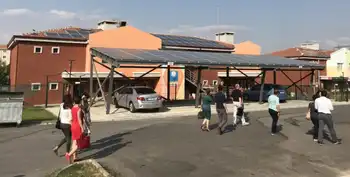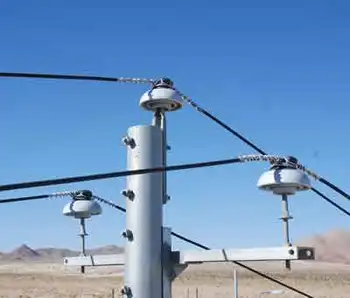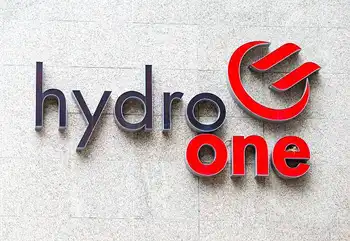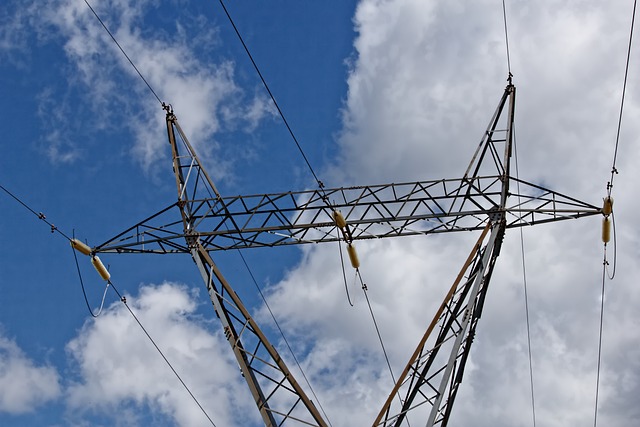LIPA riles critics by hiring an outside consultant
By Knight Ridder Tribune
Substation Relay Protection Training
Our customized live online or in‑person group training can be delivered to your staff at your location.

- Live Online
- 12 hours Instructor-led
- Group Training Available
At the same time, the authority announced it would seek bids on a plan to import 25 megawatt-hours of wind energy over a new trans-Atlantic cable nearing completion.
Critics blasted both moves as costly and quixotic. Observers said the relatively small amount of energy to be imported over the cable, which one expert said might amount to $2,500 for the one-year life of the contract, probably would not justify the expense of bidding on it.
"That's crazy," said former utility executive Matthew Cordaro, acting dean of the College of Management at the C.W. Post Campus of Long Island University. "It costs more to go through a request for proposals than the energy is going to cost," he said.
LIPA spokesman Bert Cunningham denied the claim and said the proposal would provide the authority with a window into wind-energy opportunities. The request for proposals is "a meaningful way to test what the market has to offer," he wrote in an e-mail. He added that it costs "virtually nothing to issue" the request, "and the evaluation process should not be that complicated or costly since it's a short-term contract with a very basic power purchase agreement."
He did not specify the cost. LIPA's decision to hire an outside consultant to provide "updated data on the cost/benefits of large-scale wind energy undertakings including its offshore wind project" follows several months of criticism about the expected cost of energy from its proposed 40-turbine wind farm to be located 3 1/2 miles off the coast of Jones Beach.
Newsday reported that a target construction cost in excess of $600 million could lead to consumer energy prices more than double that of conventional energy. LIPA has said the project is important to reduce reliance on fossil fuels. A chorus of critics pounced on the study, which will be finalized in July and cost $50,000. "No one at LIPA can do a cost analysis?" Assembyman Marc Alessi (D-Manor Park) said. Although he supports the notion of a rigorous economic analysis of the controversial project, Alessi said, "They have supposed experts in house. What the heck's going on?"
Babylon Supervisor Steve Bellone questioned the use of Pace Global Energy in Virginia to conduct the study.
"We are concerned about how objective or independent this analysis will be given LIPA's past with Pace Global," Bellone said, noting that in 2005, Pace "served up a report on increasing energy prices that offered a rationale for LIPA's ever-increasing surcharges."
Babylon wants to meet with Pace to discuss study parameters. Suffolk Legis. Wayne R. Horsley (D-Babylon) said he doesn't have high expectations for the report. "This is a $50,000 expenditure to create talking points" to rebut critics of the LIPA wind farm, he charged, questioning the logic of studying land-based and offshore wind energy proposals.
LIPA chief executive Richard Kessel suggested the study will lay to rest disparate estimates about wind-farm costs. "Wide estimates are being tossed about, and we need to make sure we have reliable, updated economic data so the LIPA board can make a decision one way or the other on whether to go forward with the proposed offshore project or not," he said in a statement.











